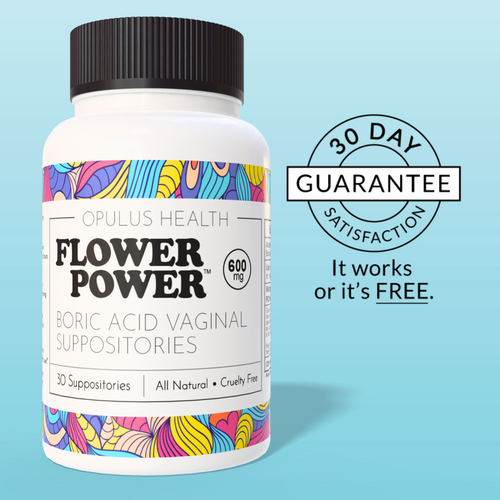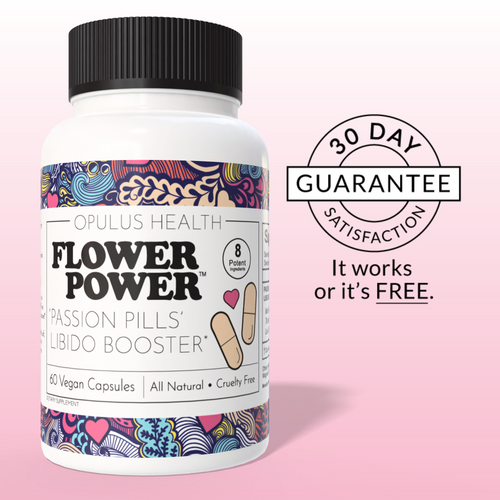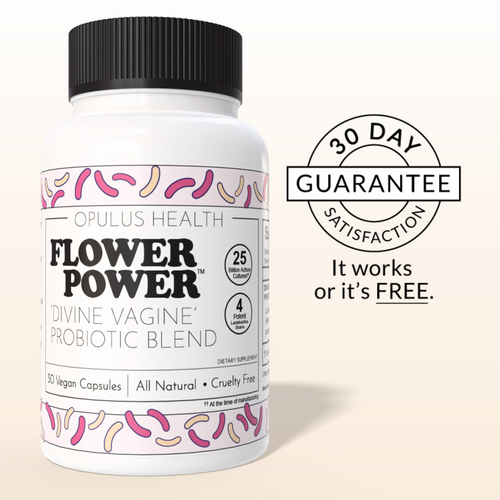Table of Contents
Caring for intimate health after birth can feel overwhelming, but small, consistent steps make recovery smoother. Paying attention to both physical healing and emotional well-being helps new parents regain comfort and confidence in their bodies. From managing changes in the pelvic floor to supporting sexual health, each choice plays a role in long-term recovery.
Many women experience shifts in intimacy, body image, and energy after childbirth. Studies show that changes in proximity and intimacy are common, and while challenges may arise, relationships often strengthen when couples make time for each other. Addressing pain, fatigue, and new priorities with practical care can ease the transition and support both partners.
Healing is not only about the body but also about feeling connected, supported, and informed. Practical care for the perineum, attention to breastfeeding comfort, and open communication with health professionals all contribute to a healthier recovery journey.
Understanding Postpartum Changes
A new mother often faces both expected and unexpected adjustments after birth. These involve the body’s physical recovery, hormonal balance, and conditions that may affect comfort, intimacy, and daily life during the postpartum period.
Physical Changes in the Fourth Trimester
The fourth trimester—the first 12 weeks after birth—is when the body undergoes some of the most intense recovery. Vaginal bleeding, known as lochia, can last several weeks and gradually changes in color and intensity. Perineal soreness is another common issue, especially for women who had tears or an episiotomy. Women who delivered by cesarean section may face incision pain, slower mobility, and the challenge of balancing wound care with newborn care.
Breast changes also come quickly. Milk production begins within days, leading to engorgement, tenderness, and sometimes leaking. The uterus starts contracting back to its pre-pregnancy size, often causing cramping that resembles menstrual pain. At the same time, many women notice weakness in their core and pelvic floor muscles, which can result in urinary leakage or reduced stability.
Gentle pelvic floor exercises, adequate rest, hydration, and supportive undergarments can make these transitions easier. Even small measures—like warm compresses for cramps or cold packs for swelling—help reduce discomfort and speed recovery.
Hormonal Shifts and Recovery Timeline
Hormonal adjustments after childbirth are rapid and dramatic. Estrogen and progesterone, which were at high levels during pregnancy, drop sharply. This can affect mood, energy, and vaginal lubrication. Prolactin rises to stimulate milk production, while oxytocin supports bonding with the baby and helps the uterus contract.
These hormonal shifts can make some women feel emotionally sensitive, fatigued, or anxious. For many, these changes settle within weeks, but others may notice symptoms persisting for months. Vaginal tissues and muscles often need more than the standard six-week checkup to heal fully, and menstrual cycles may take longer to return for breastfeeding women. Recognizing that recovery is gradual allows for realistic expectations and reduces frustration.
Common Postpartum Conditions
Several health conditions are especially common after birth. Dyspareunia, or pain during sex, is widely reported—sometimes affecting up to half of women in the first year. The causes range from perineal trauma and scar tissue to hormonal vaginal dryness. Studies on postpartum sexual health confirm that many women face temporary or prolonged changes in sexual comfort and desire.
Other conditions include urinary incontinence, constipation, and hemorrhoids, which can interfere with daily comfort. Breastfeeding mothers may experience nipple pain, blocked ducts, or mastitis. On the mental health side, postpartum depression and anxiety require equal attention, as they impact both mother and baby. Awareness of these conditions is empowering: it allows women to seek timely care and prevents small issues from becoming long-term challenges.
Pelvic Floor and Perineal Care
The pelvic floor undergoes significant stress during pregnancy and childbirth. Without support, weakened muscles and trauma to the perineum can lead to discomfort, incontinence, or even pelvic organ prolapse later in life.
Pelvic Floor Muscle Recovery
Pelvic floor exercises, commonly known as Kegels, are the first line of care. Practicing these consistently helps rebuild strength and restore bladder control. For women unsure about technique, pelvic floor therapists provide structured rehabilitation programs with guided exercises, biofeedback, and in some cases, gentle electrical stimulation. Research shows that early intervention reduces the likelihood of long-term incontinence.
While apps, vaginal weights, and online tutorials are widely available, professional input ensures correct practice. Women with more severe symptoms often benefit from specialist care that integrates physical therapy and personalized recovery plans.
Managing Pelvic Pain and Discomfort
Pelvic pain in the weeks after delivery can result from stretched ligaments, muscle strain, or nerve sensitivity. Although it often improves naturally, untreated pain can interfere with bonding, mobility, and intimacy. Cooling packs in the first days reduce swelling, while warm sitz baths later encourage circulation and comfort. Over-the-counter pain relievers may also be appropriate when approved by a healthcare provider.
If pain lingers beyond the early weeks, it could signal scar tissue sensitivity or pelvic floor dysfunction. Addressing these issues early, whether through therapy or counseling, leads to better outcomes and helps prevent ongoing discomfort.
Healing from Tears and Episiotomy
For women with perineal tears or episiotomies, wound care is central to recovery. Stitches typically dissolve naturally, but soreness may last for weeks. Rinsing with warm water after bathroom use, using a peri bottle, and sitting on cushions can make daily life easier.
Recovery time depends on the severity of the trauma. Research on women’s experiences with severe perineal injuries shows that those with higher-degree tears often face longer recovery and challenges with intimacy. Monitoring for infection signs—like increased pain, swelling, or discharge—is crucial, and follow-up appointments ensure the area heals properly.
Breast and Lactation Health
Breast and nipple care play a major role in postpartum comfort. Although breastfeeding provides unmatched benefits for the baby, many women face difficulties that can affect their physical and emotional well-being.
Engorgement, cracked nipples, and concerns about milk supply are common in the first weeks. Skin-to-skin contact, frequent feeding, and support from professionals can ease these challenges.
Preventing and Managing Mastitis
Mastitis is a breast infection that causes pain, swelling, and flu-like symptoms. Prevention focuses on frequent breastfeeding, proper latch, and avoiding restrictive clothing. If mastitis occurs, continued feeding, rest, hydration, and alternating warm and cold compresses often help. Severe cases may require antibiotics to prevent abscess formation.
Working With Lactation Consultants
Lactation consultants specialize in solving breastfeeding difficulties. They help mothers adjust positioning, relieve engorgement, and boost supply when needed. Just as importantly, they offer reassurance during stressful moments. Hospitals and community health centers often connect families with lactation consultants, and early access to their support can make breastfeeding more comfortable and sustainable.
Restoring Intimacy and Comfort
Intimacy after childbirth often feels different, shaped by hormones, fatigue, and healing tissues. Vaginal dryness is one of the most common issues, especially while breastfeeding, since estrogen levels remain low. This dryness not only makes sex uncomfortable but can also impact confidence and connection.
Water-based lubricants offer temporary relief, but supplements that work from within—like She Juicy—support long-term vaginal moisture naturally. Formulated with slippery elm bark, rich in mucilage, amino acids, zinc, and manganese, She Juicy is hormone-free, safe during breastfeeding, and designed to restore comfort without synthetic additives. Many women notice improvements within days, while consistent use offers ongoing support for vaginal health.
Rebuilding intimacy takes patience and communication. Couples who approach this stage with understanding and practical solutions often find their relationship deepens, rather than weakens, after birth.
FAQs
How long should I wait before having sex after childbirth?
Most healthcare providers recommend waiting about four to six weeks before resuming sexual activity, but recovery is not the same for everyone. The type of delivery, healing of stitches, and whether postpartum bleeding has stopped all play a role. Some women may feel ready earlier, while others need more time. What matters most is waiting until you feel physically comfortable and emotionally prepared. Open communication with your partner and provider helps guide this decision.
What can I do to manage postpartum bleeding and hygiene?
Lochia, or postpartum bleeding, can last up to six weeks. During this time, tampons and menstrual cups should be avoided because they can increase the risk of infection. Pads are the safest option. Good hygiene practices, such as changing pads frequently, rinsing with warm water after using the bathroom, and handwashing, reduce discomfort and lower infection risks. If bleeding suddenly increases after it had begun to decrease, it is important to contact your provider.
Is it normal to experience bladder leaks after giving birth?
Yes. Urinary incontinence is common after childbirth because the pelvic floor muscles may be weakened or stretched. Leaks can happen when coughing, sneezing, or exercising. Strengthening exercises, such as Kegels, help restore bladder control, but improvement takes time. If leakage persists beyond the early postpartum weeks or interferes with daily life, a pelvic floor therapist can provide targeted treatment.
How can I tell if I have a postpartum infection?
Signs of infection can include fever, chills, foul-smelling vaginal discharge, redness or swelling at stitches, or severe abdominal pain. For women who had a cesarean, any discharge or redness at the incision site also requires urgent attention. Infections need prompt medical evaluation, and treatment may involve antibiotics and rest. Acting quickly helps prevent more serious complications.
What helps with vaginal dryness after childbirth?
Vaginal dryness is very common postpartum, particularly during breastfeeding, because estrogen levels are low. Water-based lubricants provide temporary comfort during intimacy, but they do not solve the underlying issue. Natural supplements such as She Juicy™ support moisture from within and can make a lasting difference. Staying hydrated and having open conversations with your provider about treatment options can also help.








